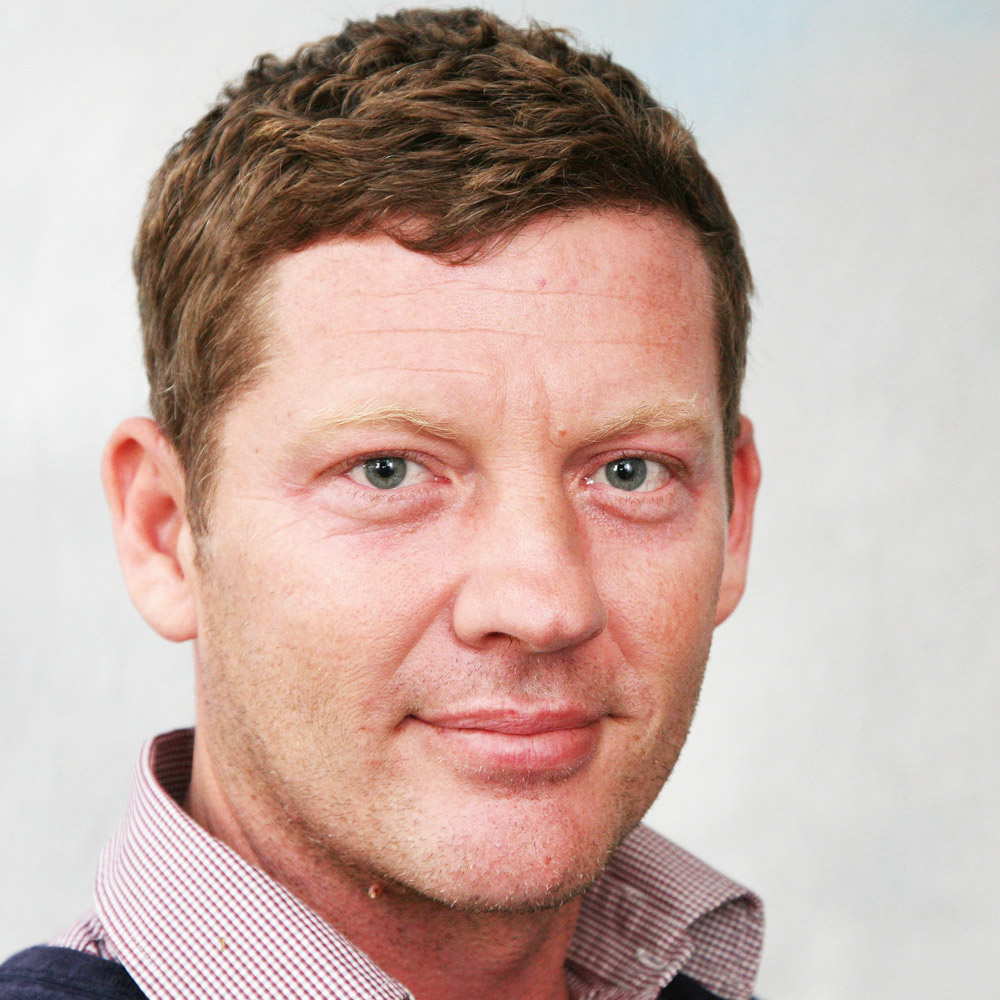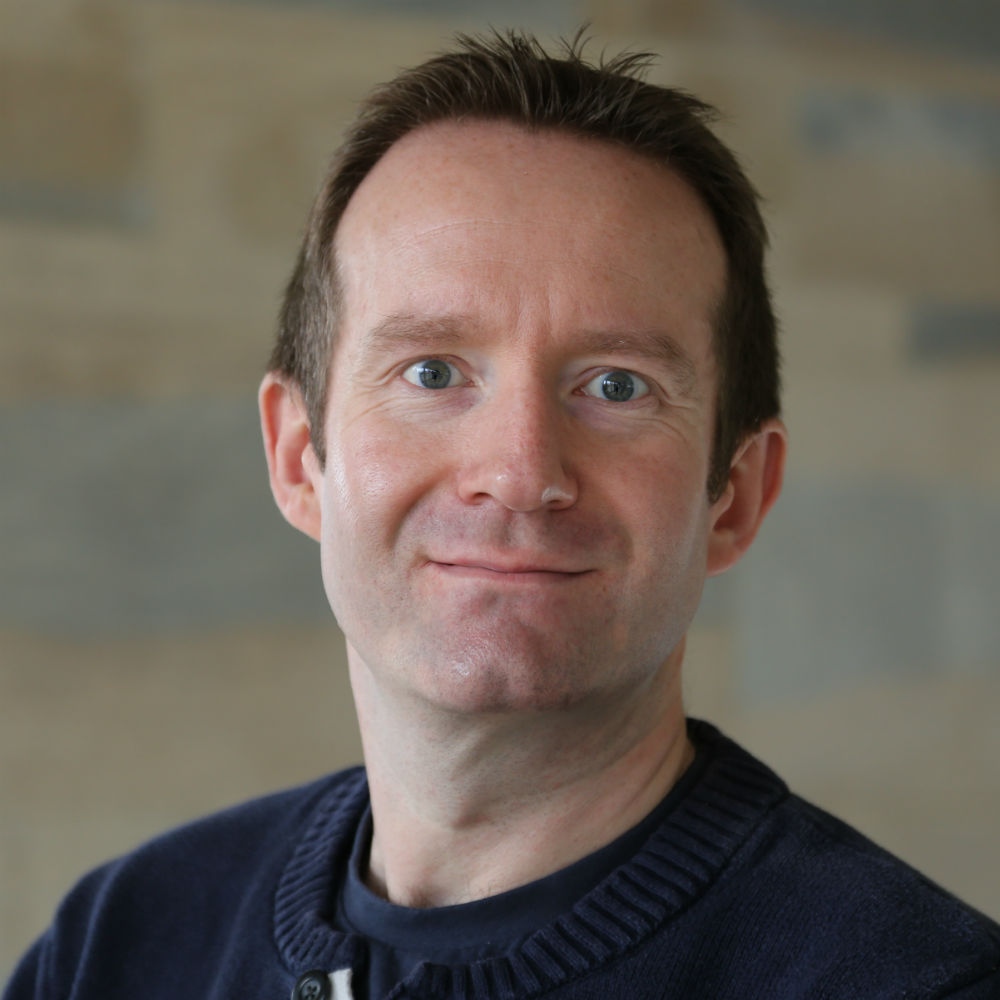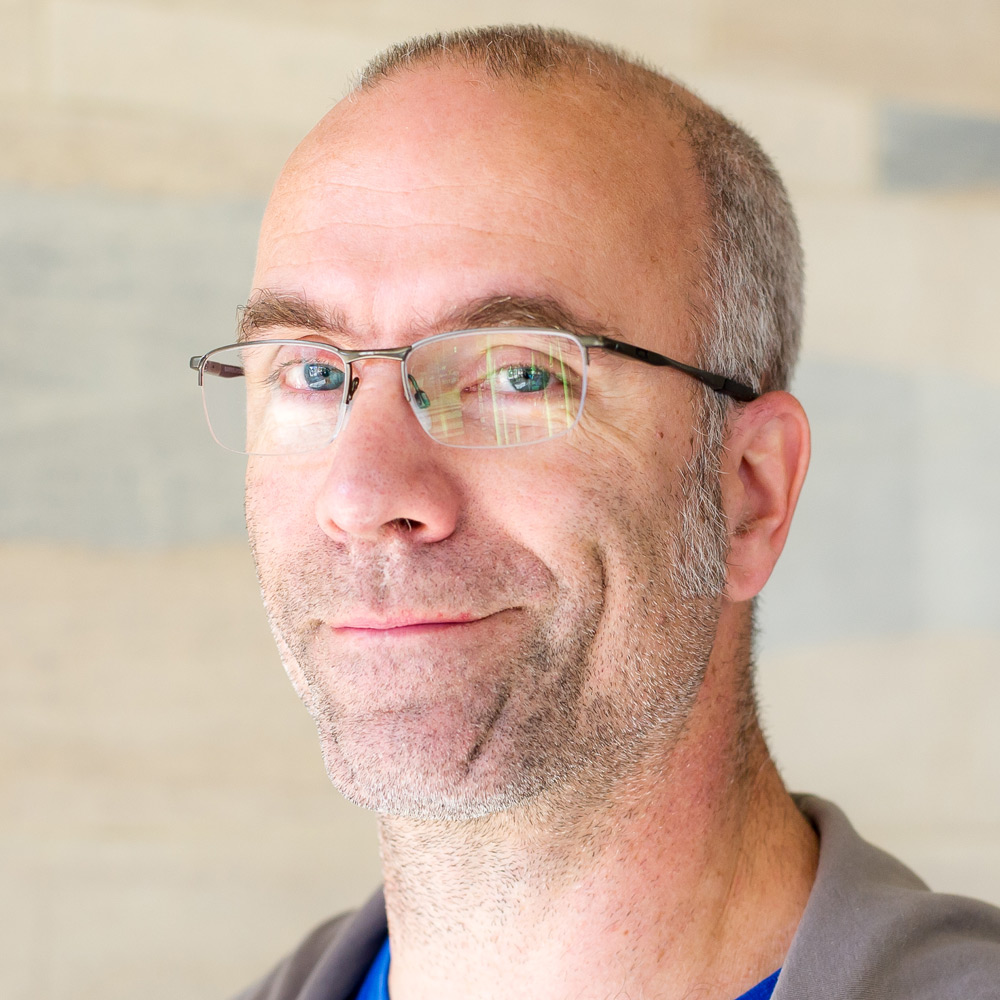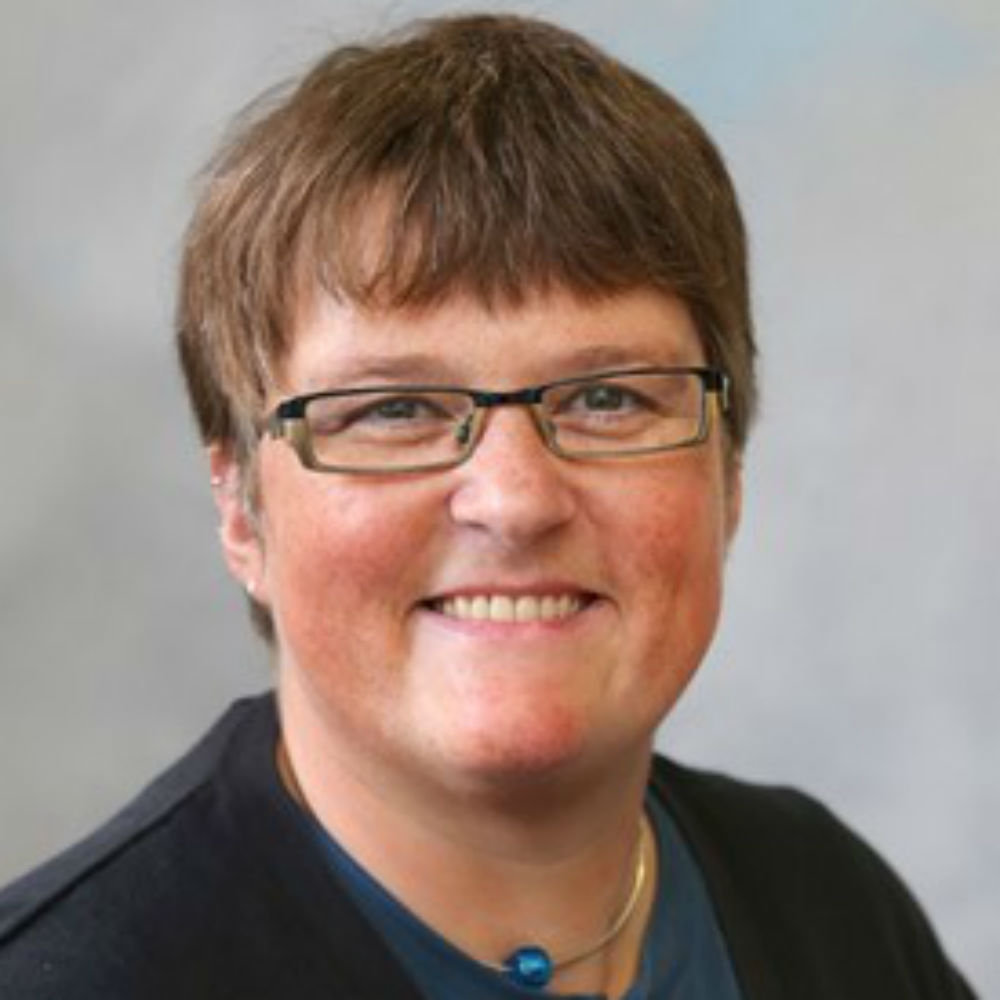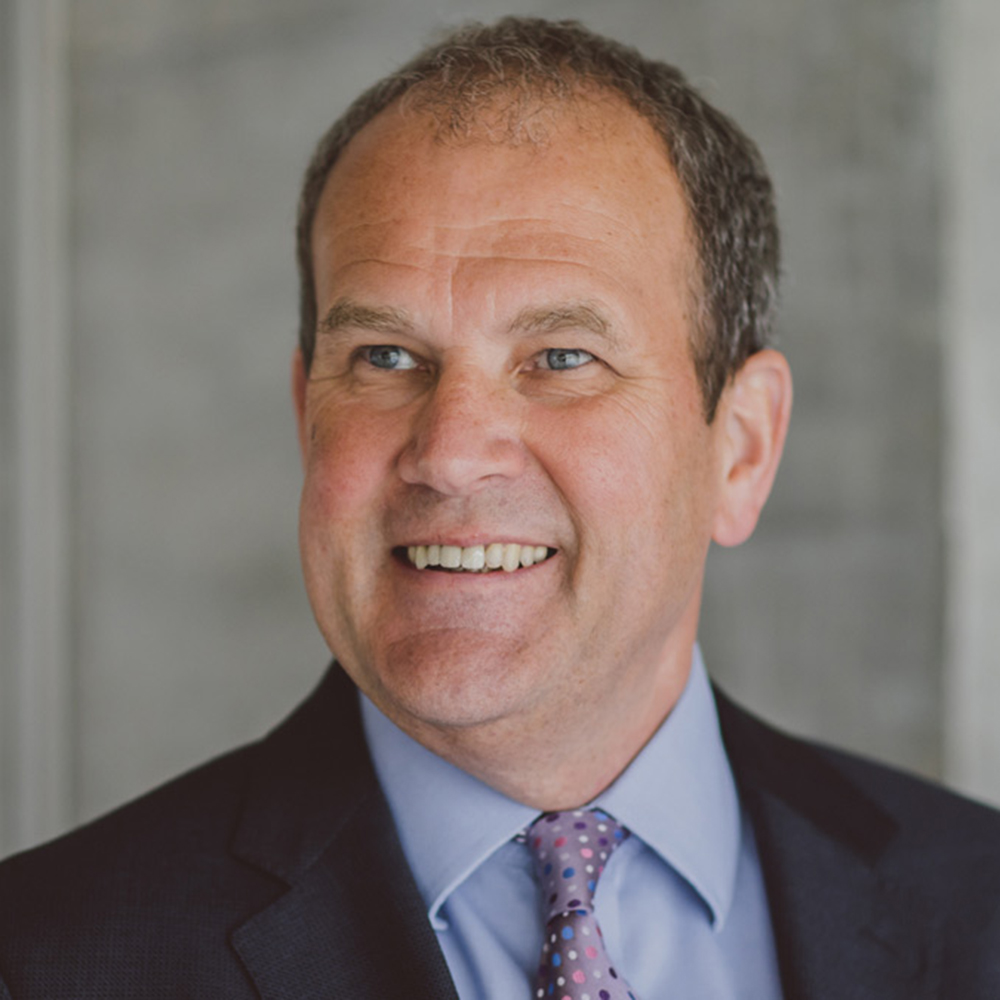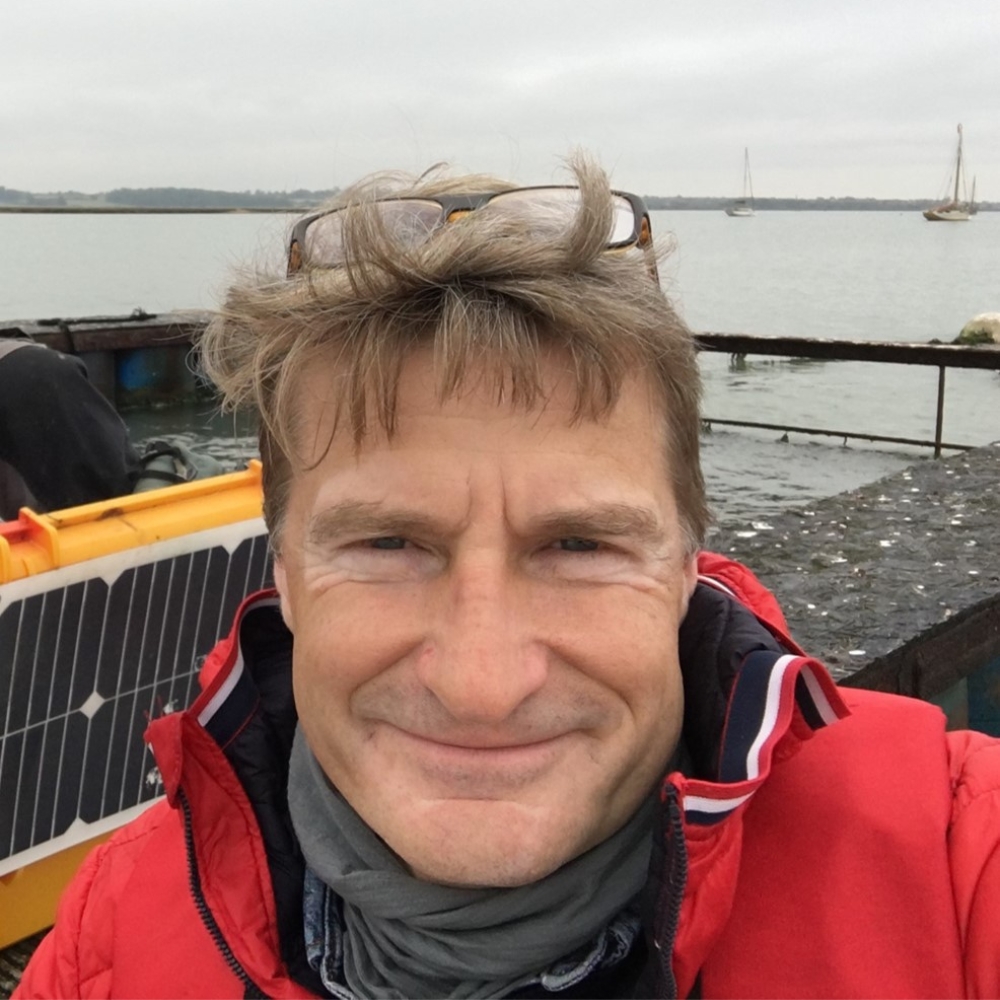The Coral Reef Research Unit at the University of Essex (CRRU), the most extensive of its kind in the UK, is home to academics, PhD students, Masters students and research officers working in the field and in our laboratories.
Field research focuses on the community ecology of coral reef systems, tropical seagrass beds, mangroves and fisheries. We carry out economic and social science field studies alongside biological and ecological studies, while our state-of-the-art laboratories are home to coral ecophysiology and biogeochemistry research.
Based in the School of Life Sciences at Essex, there are several members of academic, research and technical staff associated with the CRRU. We also have strong relationships with academics within the UK, and also from Australia, Egypt, Honduras, Indonesia, Israel, New Zealand and the USA.
Undertaking groundbreaking research into coral reefs and their connected habitats, our cross-disciplinary approach uses the expertise and experience of an international advisory board. The CRRU makes extensive use of the advisory board when deciding future research directions, collaborative grant applications, and publication of our findings.

